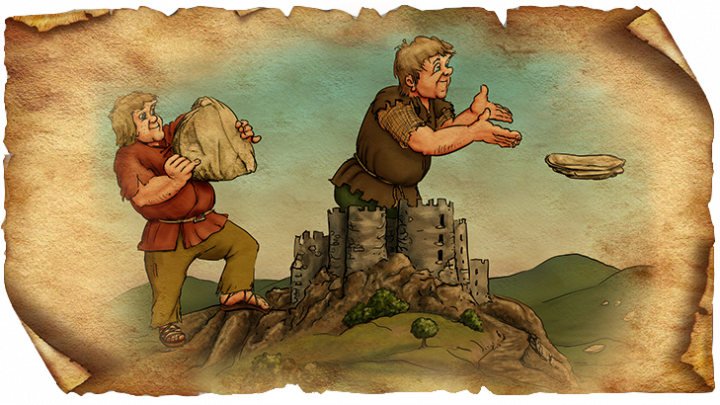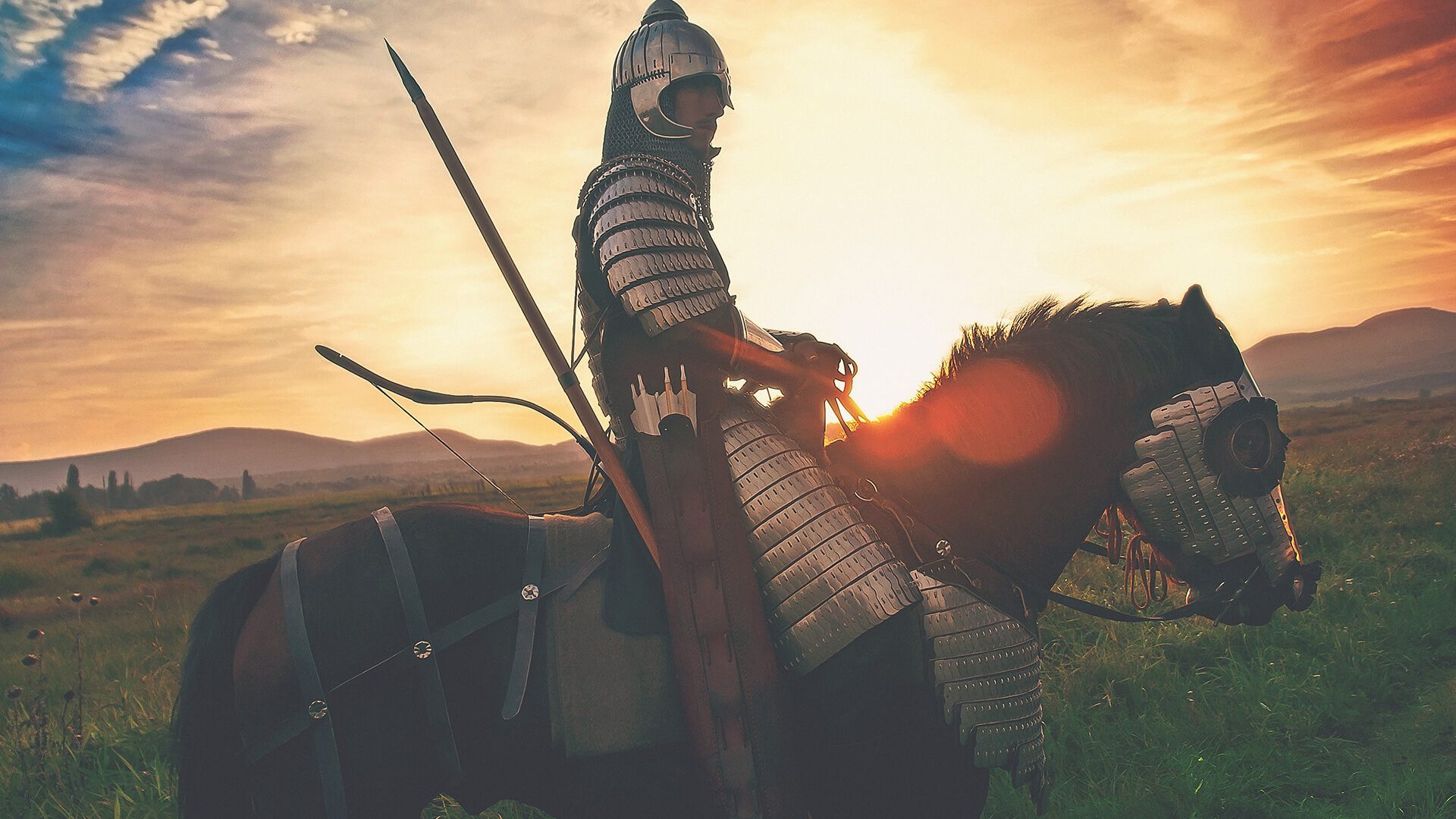The Giants’ Fortress - Saschiz

Szászkézd / Saschiz is located on the edge of the historical Királyföld / Pământul Crăiesc / Kingsland, 20 km southeast of Sighisoara. The history of the settlement is interwoven by legends and beliefs related to the indigenous people of the region, the giants.
Not far from the village, the traces of the castle in which, according to folk tradition, godlike giants lived once, are noticeable even today. The gigantic creatures were very sensitive to someone making noise near the castle. Occasionally, boisterous people were lifted with their coach to scare them, and they were restored to the ground intact to tell others, it was not advisable to disturb the peace of the inhabitants of the castle. Another legend says the giants were throwing large, round, flat stones on the surrounding hillside, but people gathered them and paved the streets of the settlement with them.
The locals are still happy to tell you about the giants of the castle today, but the true story of the fortress is almost as exciting – the findings explored by the archaeologists are probably prehistoric buildings built around 2500-1800 Cr. It is. The Giants’ Castle could serve defense purposes for centuries. Near the settlement there was a fort with six bastions called Peasant Castle, which was probably erected in the 13th century - its ruins can be visited. There is also a belief related to the Peasant Castle that a sixty-meter deep well in the fortress leads to a tunnel system. The myth is based on reality, as a flight was already explored under the castle, but there are more according to the locals' assumptions. According to another legend, when building the castle, the merchants crossing Szászkézd were obliged to transport a cart of stones to the castle.
Szászkézd today is a very popular tourist destination: the British Crown Prince Charles also visited it regularly in recent years. In the tiny village stands a gothic fortress church as UNESCO World Heritage, with a bastion-like tower with a helmet very similar to the clock tower of Segesvár / Sighișoara. The fortress church was built in 1493, surrounded by a wall in the 16th century. The clock tower was built in 1677, following the pattern of Segesvár. Prior to this, in 1663 Mihály Apafi I. held the Parliament in the church of Szászkézd.
In the small village the visitor can find even today the characteristic Saxon building style: the view of the old-old stone gate houses is elevating. The Kézdi Szeklers probably moved from here to the Felső-Háromszék / Upper Three Seats area, as the name suggests, the Saxons were probably moved to their place, but the 20th century, full of events and tragedies, drove out the majority of Saxons. However, they still have a wonderful built heritage and the belief that they can only travel quietly near the Giants’ Castle.
Not far from the village, the traces of the castle in which, according to folk tradition, godlike giants lived once, are noticeable even today. The gigantic creatures were very sensitive to someone making noise near the castle. Occasionally, boisterous people were lifted with their coach to scare them, and they were restored to the ground intact to tell others, it was not advisable to disturb the peace of the inhabitants of the castle. Another legend says the giants were throwing large, round, flat stones on the surrounding hillside, but people gathered them and paved the streets of the settlement with them.
The locals are still happy to tell you about the giants of the castle today, but the true story of the fortress is almost as exciting – the findings explored by the archaeologists are probably prehistoric buildings built around 2500-1800 Cr. It is. The Giants’ Castle could serve defense purposes for centuries. Near the settlement there was a fort with six bastions called Peasant Castle, which was probably erected in the 13th century - its ruins can be visited. There is also a belief related to the Peasant Castle that a sixty-meter deep well in the fortress leads to a tunnel system. The myth is based on reality, as a flight was already explored under the castle, but there are more according to the locals' assumptions. According to another legend, when building the castle, the merchants crossing Szászkézd were obliged to transport a cart of stones to the castle.
Szászkézd today is a very popular tourist destination: the British Crown Prince Charles also visited it regularly in recent years. In the tiny village stands a gothic fortress church as UNESCO World Heritage, with a bastion-like tower with a helmet very similar to the clock tower of Segesvár / Sighișoara. The fortress church was built in 1493, surrounded by a wall in the 16th century. The clock tower was built in 1677, following the pattern of Segesvár. Prior to this, in 1663 Mihály Apafi I. held the Parliament in the church of Szászkézd.
In the small village the visitor can find even today the characteristic Saxon building style: the view of the old-old stone gate houses is elevating. The Kézdi Szeklers probably moved from here to the Felső-Háromszék / Upper Three Seats area, as the name suggests, the Saxons were probably moved to their place, but the 20th century, full of events and tragedies, drove out the majority of Saxons. However, they still have a wonderful built heritage and the belief that they can only travel quietly near the Giants’ Castle.
